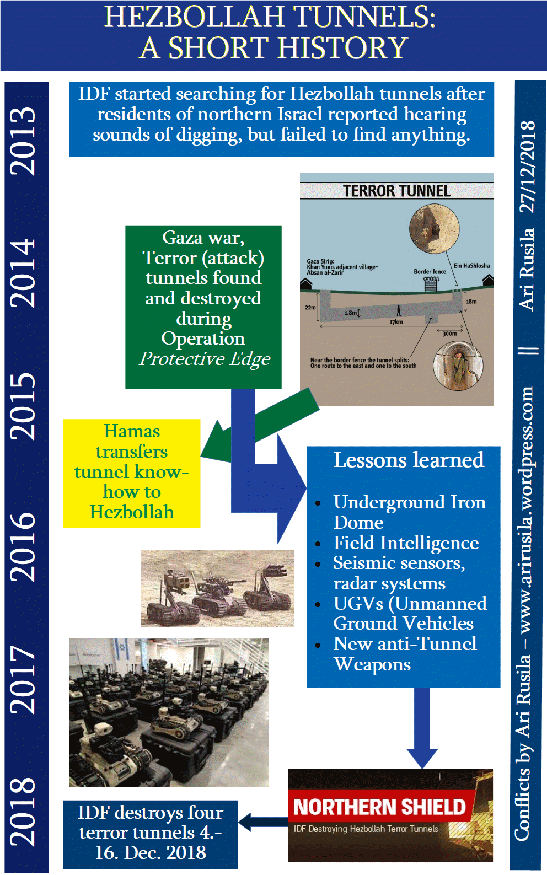The hostages kidnapped by Hamas – three men and one woman – were rescued alive in a joint rescue operation by the IDF, the security service Shin Bet and the Israeli police on June 8, 2024. In a daring daylight operation, this operation raided two different buildings in a Hamas-controlled area, amidst the civilian population, in the heart of the Gaza Strip.
The rescue operation, which took pla ce after weeks of careful planning, involved hundreds of fighters from the IDF, Shin Bet and Israel Police. It is known as Operation Arnon – in honor of Yamam (Special Police Forces) officer, Chief Inspector Arnon Zamora, who was wounded during the rescue of three male hostages and died an hour later in hospital. after his death the name of the operation was changed from “Seeds of Summer” to “Operation Arnon”. Between 100 and 274 Palestinians died during the rescue operation.
ce after weeks of careful planning, involved hundreds of fighters from the IDF, Shin Bet and Israel Police. It is known as Operation Arnon – in honor of Yamam (Special Police Forces) officer, Chief Inspector Arnon Zamora, who was wounded during the rescue of three male hostages and died an hour later in hospital. after his death the name of the operation was changed from “Seeds of Summer” to “Operation Arnon”. Between 100 and 274 Palestinians died during the rescue operation.
The “Fauda”-style commando attack is a small reprieve for Israel’s intelligence, military, police and security authorities, all of whom – along with politicians – made mistakes before, during and in connection with the 7/10 Hamas attack that led to catastrophic consequences.
Operation Arnon
Four hostages kidnapped by Hamas—Noa Argamani, Shlomi Ziv, Almog Meir Jan, and Andrey Kozlov—were rescued alive in a joint rescue operation by the IDF, the Shin Bet security service, and the Israel Police. Both Argamani (26) and Meir Jan (22) participated in the Nova festival, while Kozlov (27), a recent immigrant from Russia, and Ziv (41) had been festival guards.

Four released. Credit to the IDF
This daring daytime operation raided two apartment buildings in a Hamas-controlled area, in the middle of the civilian population, in the heart of the Gaza Strip.
More detailed information has now been obtained about this heroic operation, which describes how demanding the operation was.
Shin Bet and Yamam fighters arrived at the Nuseirat refugee camp in the Gaza Strip in undetected vehicles early in the morning. The fighters struck the hideout of the two building blocs, where the four hostages were being held. The fighters eliminated the armed guards and began their retreat after the camp awoke to the sounds of gunfire. Hundreds of Hamas terrorists emerged from their homes and started shooting at vehicles. The rescue team was supported by infantry, tank, air and naval units, which began a heavy artillery bombardment of the camp, under the cover of which the rescue team was able to retreat with the four living hostages.
Process
In all aspects, the operation can be considered heroic, as it involves numerous risks – a daily mission in the heart of a densely populated and terrorist-occupied refugee camp.
The base the operation is on information that starts with the location of the hostages. Once the information is received, its reliability is ensured by gathering additional information from other sources to increase the likelihood that they are accurate and relevant. This process alone can take days, if not weeks.
Information may be gathered through interrogation of captured prisoners, information on computers or documents seized during IDF operations in the Gaza Strip, Shin Bet intelligence officers and field agents of Military Intelligence Unit 504, and/or through signals intelligence (SIGINT). This can mean wiretapping phones and communication devices or tracking their location and usage patterns. Unit 8200 and other Shin Bet units use various SIGINT methods.
After this, the planning of the attack itself begins, including, for example, the mapping of access and withdrawal routes, methods for achieving the goal, and contingency plans for possible development scenarios of events. With planning, the terrain conditions, the roads, the apartments where the hostages were kept, and even the number of guards and placement at the target location, whatever is found out.
Various intelligence units participate in the program of the operational intelligence event. Intelligence is gathered using the means described above, including drones, and it is likely that this operation was preceded by field reconnaissance by covert units.
In real-time intelligence monitoring, the target determines a possible plan to prepare for changing needs.
Epilogue
A bold attack deep into a densely populated Palestinian civilian area shows the ability of Israeli special forces to cope with severe challenges, an excellent example of the cooperation of intelligence and security services with various military units and the police. The operation collectively boosted Israeli morale, bringing a moment of national pride and unity in the midst of war.
Succeeding in releasing the four hostages is a huge tactical victory, but does not change the overall strategic picture. In eight months so far, only seven hostages have been successfully rescued in three separate operations. 120 hostages still held by Hamas. According to various estimates, 61-66 of these are assumed to have died, and Hamas is estimated to have the bodies of 43 hostages.

Sources e.g: BICOM , INSS and Analysis | The Heroic Hostage Rescue Operation in the Heart of the Gaza Strip by Cmdr. (res.) Eyal Pinko in IsraelDefense



 Posted by Ariel Rusila
Posted by Ariel Rusila 
















